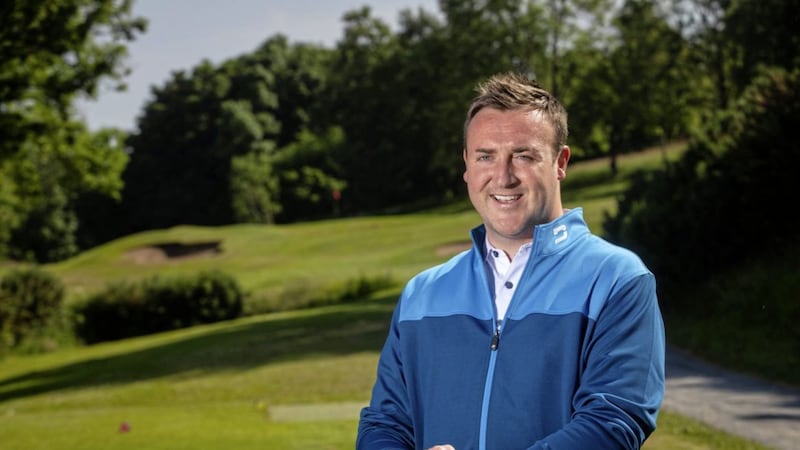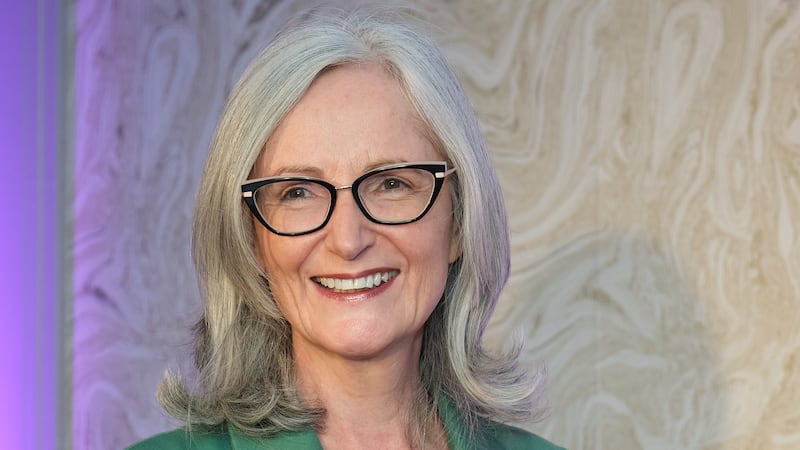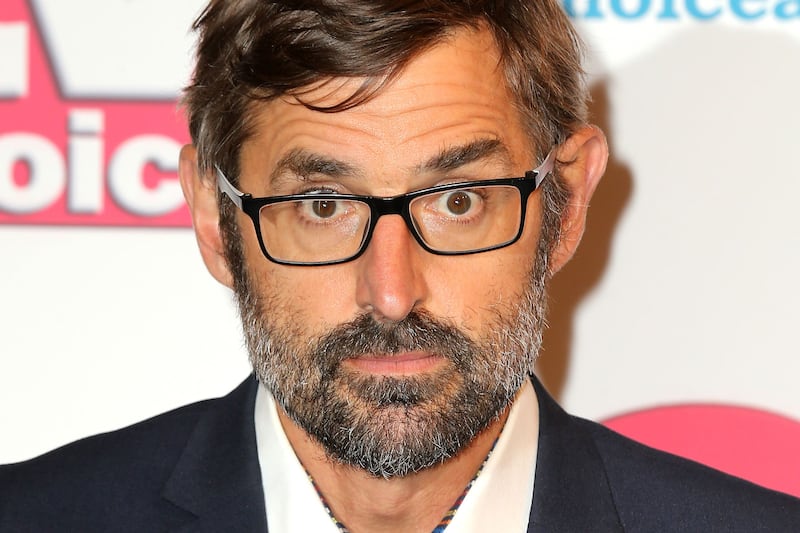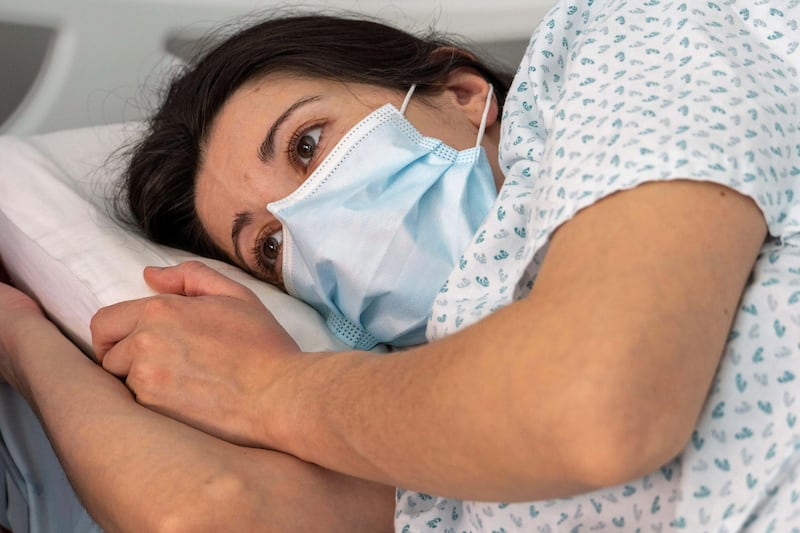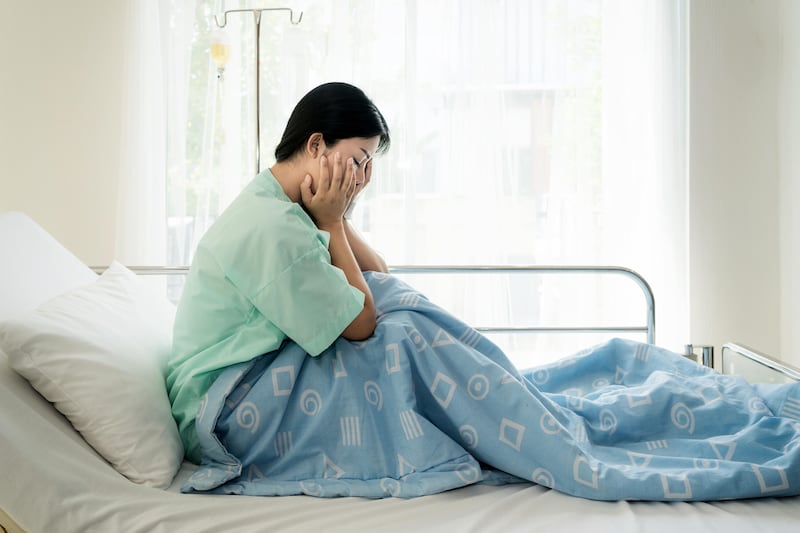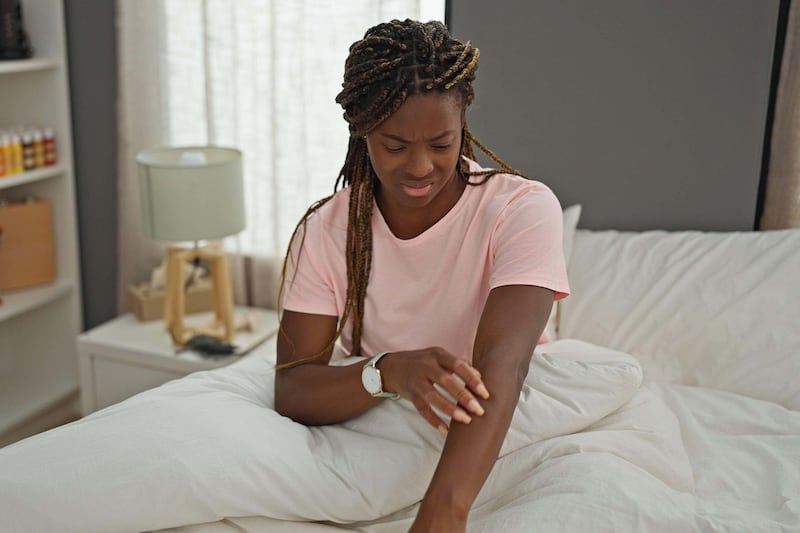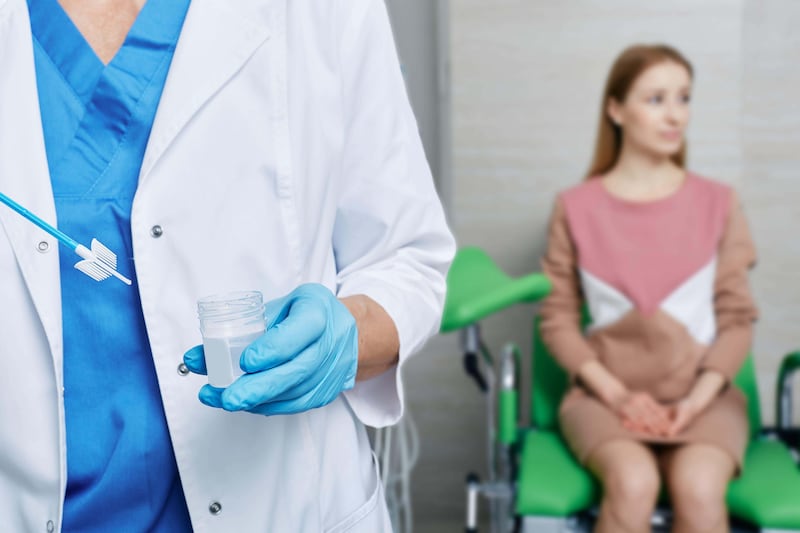BELFAST man Connor Graham always thought skin cancer was an "older person's problem", but the 35-year-old has learnt from painful, personal experience that the disease doesn't discriminate when it comes to age.
Connor, from Four Winds, was diagnosed with malignant melanoma in January and is now on a mission to warn people about the perils of complacency and the importance of respecting the sun.
The diagnosis came as a massive shock to him and his wife of three years, Marianne.
A keen golfer and a surveyor by profession, he spends a lot of time outdoors and admits that in the past he had been pretty blasé about taking precautions.
"I used to think that it wasn't a good day on the golf course unless I got burnt," he says.
However, his attitude changed in his early 30s when a family friend, who had just started to enjoy his retirement, died from skin cancer, prompting Connor to start taking more care in the sun and, crucially, keeping an eye on his moles.
That vigilance paid off when, last summer, he became concerned about two moles on his arm and one on his stomach, two of which were eventually confirmed as melanoma but which were, fortunately, caught at an early and treatable stage.
It has been an emotional and life-changing journey since then but Connor is determined to turn a "negative into a positive" and as Action Cancer's skin cancer ambassador is helping to raise awareness.
The statistics around skin cancer are sobering and may surprise many people - not least the startling fact that skin cancer is the most common type in Northern Ireland, accounting for around a third of all cancers.
Each year around 4,200 people are diagnosed with it and 387 develop malignant melanoma, which is the most serious type.
A total of 93 people die from skin cancers here every year.
Statistics also show the incidence of skin cancer is increasing in Northern Ireland, with men being at a greater risk than women.
Connor explains: "I was born with quite a few moles. Therefore, as a child I was always told to take special care in the sun. Despite having two moles removed in my teenage years it would be fair to say that as I became an adult I was pretty lackadaisical when it came to sun safety.
"I took colour really easily and to be honest, I enjoyed being complimented on it.
"My diagnosis came when a mole on my arm became itchy and raised."
Although his GP was not seeing patients during the pandemic, Connor was convinced something was wrong and sent the photos to the surgery by WhatsApp.
As a result, he was referred to dermatology, resulting in a sizeable amount of surrounding tissue from his arm and stomach being removed, leaving quite bad scarring but removing all the cancer.
However, it is the psychological scarring that has had a bigger impact and he is grateful to have received help from the charity's counselling service.
"When you get the firm diagnosis, everyone around you seems to act at a thousand miles an hour and by the time you realise what's happened, it's already happened," he explains.
"There's a lot of delayed shock and you need time to process it.
"Of course, people are on hand to help you and your family are there to support you, but there is an element of it being very much a solo experience and you are left with your own thoughts."
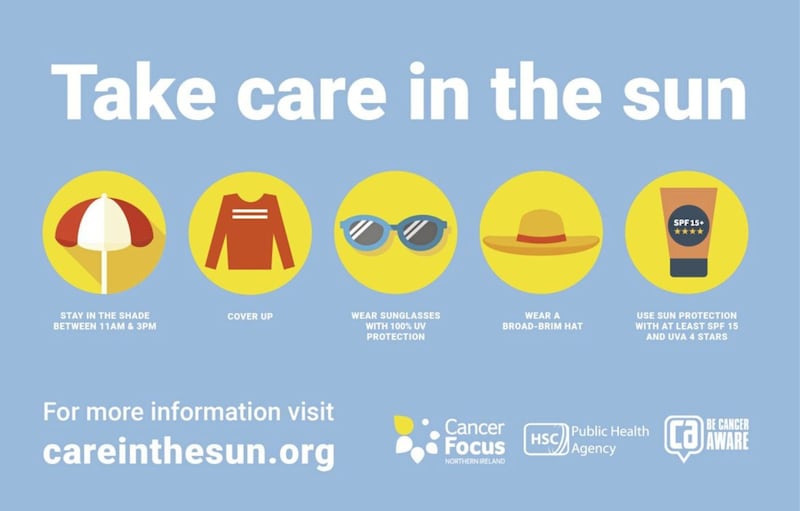
Explaining why he became an ambassador, he adds: "I always thought skin cancer was an older person's problem but at the age of 35 I'm having to deal with what has happened to me and the potential fear of the cancer returning.
"If the guidance on care in the sun had been publicised a bit more when I was younger, then I would have taken precautionary steps sooner."
Self-care is now an important part of Connor's morning routine. He applies factor 50 sun scream, carries it with him when he's out, covers up on the golf course with light clothing and avoids being out during the hotter parts of the day.
He will also have to attend three-monthly checks for the next five years.
His message is simple: "Early detection save lives. If there is anything you're not happy with, push to get that appointment; respect the sun and practise self-care."
Meanwhile, actor James Anthony (38), from Derry, is convinced he contracted his skin cancer - basal cell carcinoma, a slow-growing form of the disease - by using sunbeds for a short period of time 15 years ago.
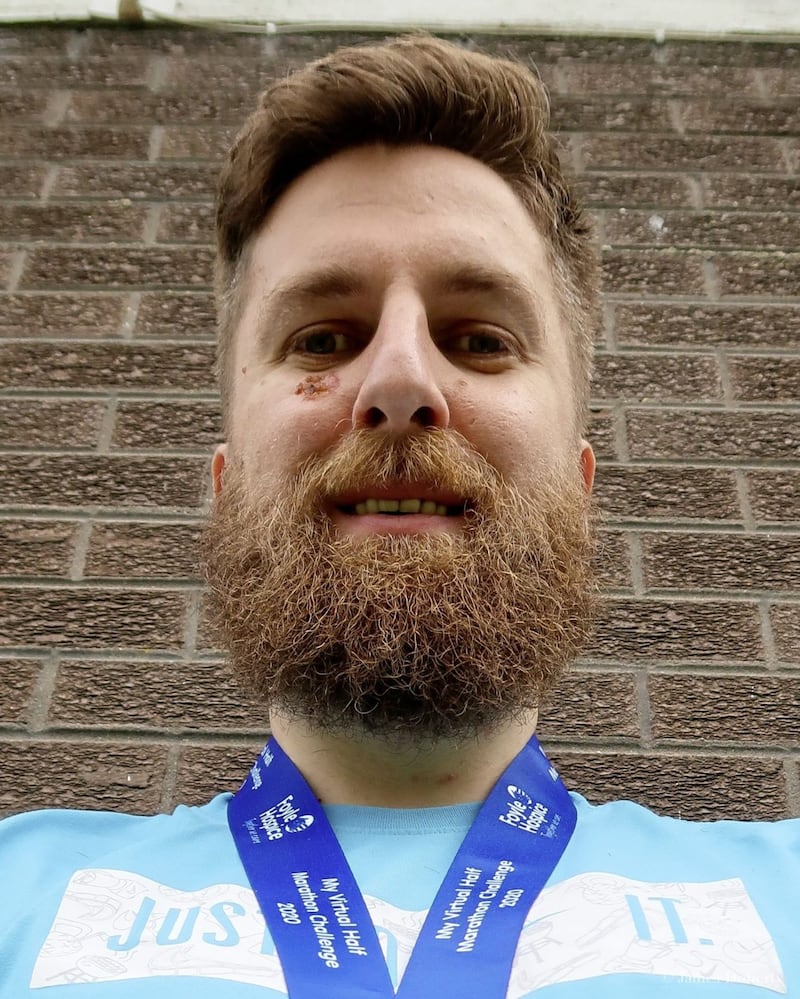
He had a tumour removed from his face in November 2020 and is grateful the cancer was not as serious as it could have been.
However, he has been left with scarring, which is still healing, and which has left him unable to attend auditions and anxious over the future of his career.
"Around 15 years ago I used sunbeds for six to eight weeks," he explains.
"I was trying to become an actor at that stage and thought that if I had a tan I would look better on camera.
"I remember very specifically asking if I should wear suncream and the beauty therapist said 'if you wear sun cream, you won't get a tan, it's pointless'.
"So I thought It must be a different, safe kind of UV light. It seems very stupid now.
"After I stopped using them, I noticed a small lump under my right eye. At that time, I still suffered from acne and the lump was in an area where I'd had large spots, so I assumed it was just scar tissue."
However, when James went to his GP in November 2018, because cuts over the lump hadn't healed, he was told it was most likely a basal cell carcinoma, which was later confirmed by dermatologists.
Still not quite able to believe the news, he sought second opinions.
As a result, he didn't have a biopsy until September 2019 and, due to the pandemic, it was over a year later before he finally had the tumour removed.
"These types of scars take 18 months to settle and everyone heals differently so I still don't know how it will look in the end," he says.
"Now I use sunblock to cover it when I'm out in daylight hours, even if it's cloudy, as UV rays still come through which further damage the pigmentation of scars.
"I have also done quite a bit of research on sunbeds. Australia and Brazil are two of the biggest countries to have banned them and they have seen skin cancer rates decrease since then.
"Looking back, I feel very lucky that it wasn't melanoma and I feel people should be more aware of the dangers of using sunbeds."
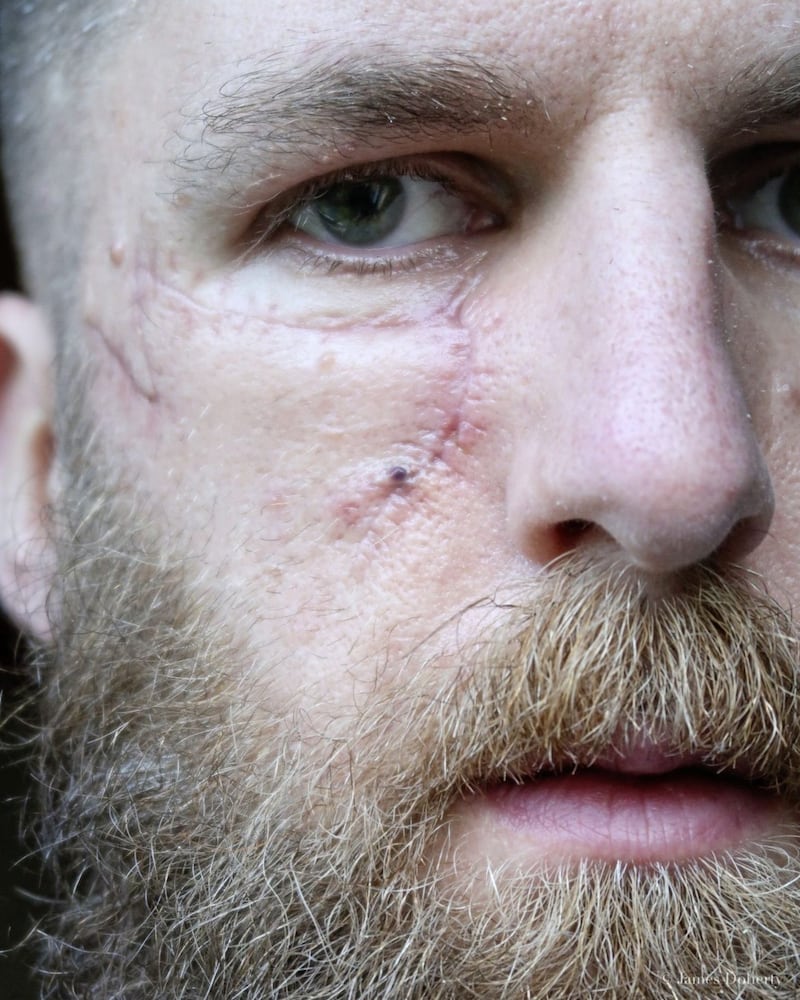
According to Action Cancer, sunbeds expose the skin to high levels of UV rays and even using a sunbed once can increase your risk of melanoma by 20 per cent.
Meanwhile, both it and fellow charity, Cancer Focus NI, have urged people holidaying at home this year not to underestimate the strength of the sun, as UV rays can still damage the skin when it's cool and cloudy.
Cancer Focus NI recommends checking the UV index and when it's at three or more, protecting your skin and eyes; seeking shade when UV rays are strongest between 11am and 3pm; and covering up in the sun with a long sleeved T-shirt and a broad brimmed hat.
Warning signs to look out for in a mole include changes in size and colour, irregular borders, inflammation, itching, pain, bleeding or crusting.
For more information and advice on how to protect your skin visit careinthesun.org/uv or actioncancer.org.
You can check the daily UV level on the Met Office website, metoffice.gov.uk.?
